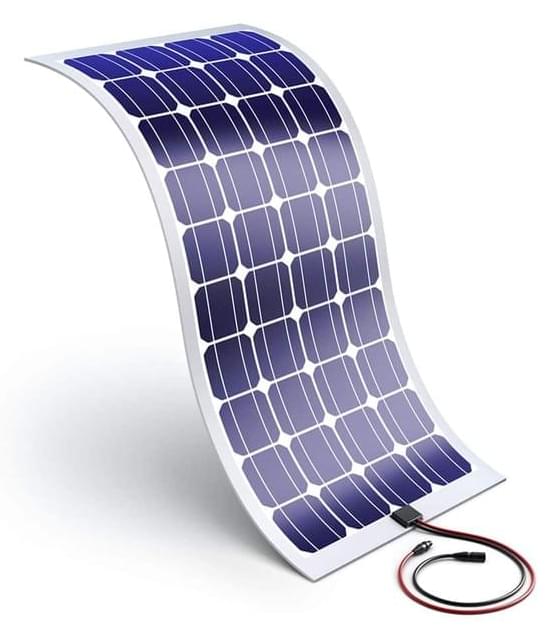Dec 26, 2021
Fantastical Thundertruck EV rocks fold-out solar awnings and a snap-on 6WD caboose
Posted by Shubham Ghosh Roy in categories: military, solar power, sustainability
This all-electric 4×4 off-road concept has a monster battery pack, a brutally angular and military look that borrows heavily from the Cybertruck, and pop-out solar panels for off-grid charging. Oh, and if you need extra range, you can snap two extra wheels and a battery onto the back of it with a self-balancing caboose that makes it a six-wheel-drive.
First things first: Thundertruck is the brainchild of a Los Angeles “creative consultancy,” conceived mainly as a way to keep the team busy during the first wave of COVID lockdowns. “Instead of baking bread or making puzzles,” says the Wolfgang L.A. team, “we decided to make a new state-of-the-art EV truck.”
So while Wolfgang says it “has the ability to support an entire product development program, from research and strategy to initial sketches and first prototypes, all the way to advertising launch campaigns and content creation,” it’s fair to say it’s unlikely we’ll be seeing the Thundertruck out bush-bashing or crushing hillclimbs any day soon.

















